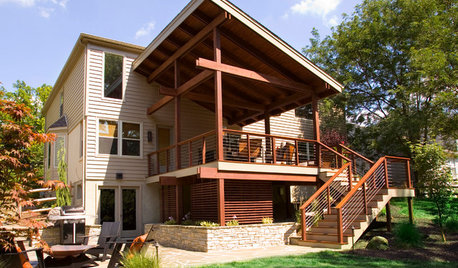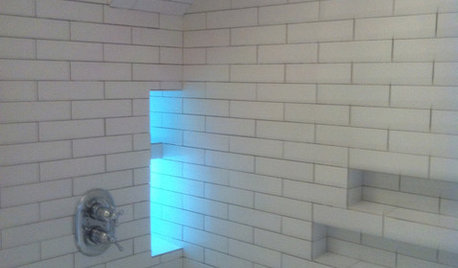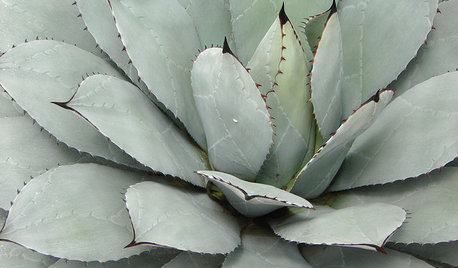anthurium cubense-can I cut it back and get an offset
sfhellwig
14 years ago
Related Stories

GARDENING GUIDES7 Ecofriendly Gardening Ideas That Also Cut Chore Time
Spend less time weeding, less money watering and more moments just sitting back and enjoying your healthy garden
Full Story
MOST POPULARSee the Difference a New Back Deck Can Make
A dramatic 2-story porch becomes the centerpiece of this Ohio family’s renovated landscape
Full Story
BUDGET DECORATING8 Cost-Effective Ways to Get a High-End Look
Don’t discount that expensive material yet. By using a small amount in a strategic way, you can get a luxurious look without the expense
Full Story
BATHROOM WORKBOOKHow to Get Your Bathroom Vanity Lighting Right
Create a successful lighting plan with tips on where to mount fixtures and other design considerations
Full Story
BATHROOM DESIGN10 Top Tips for Getting Bathroom Tile Right
Good planning is essential for bathroom tile that's set properly and works with the rest of your renovation. These tips help you do it right
Full Story
DECORATING GUIDESHow to Get Your Furniture Arrangement Right
Follow these 10 basic layout rules for a polished, pulled-together look in any room
Full Story
FOLIAGEGet a Cool Garden Look With Gray and Blue Plants
Looking for plants that calm with color in the heat of summer? Look no further than these 14 soothing beauties
Full Story
GARDENING AND LANDSCAPING10 Ideas for Decorating Your Summer Porch
Watch the world go by from a porch decked out with comfy furniture and inspiring accessories
Full Story
KITCHEN DESIGNExpert Talk: 12 Ways to Get a Designer-Kitchen Look
Professional designer Ines Hanl reveals her thought processes on select kitchen remodels
Full Story
BEFORE AND AFTERSHouzz Tour: A San Diego Townhouse Gets a Bright Update
Savvy shopping and warm bamboo accents help California architects give their home a fresh, high-end feel
Full StoryMore Discussions






exoticrainforest
sfhellwigOriginal Author
Related Professionals
Hyattsville Landscape Architects & Landscape Designers · Prairie Ridge Landscape Architects & Landscape Designers · Buford Landscape Contractors · Gurnee Landscape Contractors · Mount Kisco Landscape Contractors · Pompton Lakes Landscape Contractors · San Rafael Landscape Contractors · Chicago Ridge Landscape Contractors · New Bern General Contractors · Anderson General Contractors · Channelview General Contractors · Country Club Hills General Contractors · Flint General Contractors · Great Falls General Contractors · Port Washington General Contractorsexoticrainforest
sfhellwigOriginal Author
exoticrainforest
exoticrainforest
sfhellwigOriginal Author
exoticrainforest